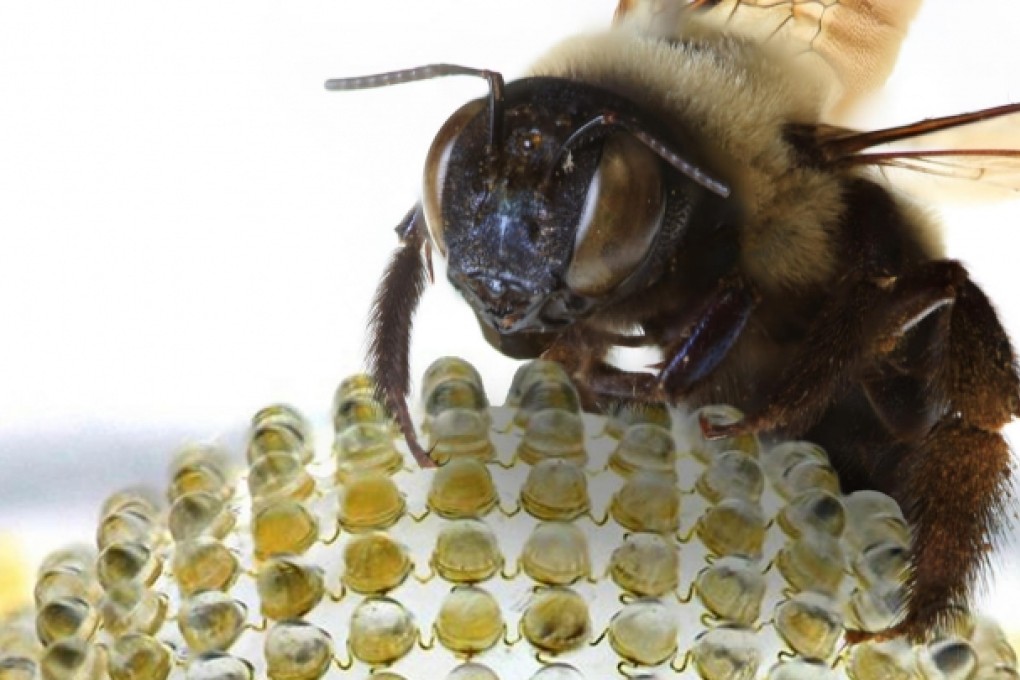Biomimicry pushes science forward
Science constantly looks to nature for inspiration in its search for solutions to problems, writes David Tan

In 1941, Georges de Mestral was in a Swiss forest walking his dog when he noticed his socks were dotted with small burrs. Looking under the microscope, he saw the barbed covering of the seeds had hooked onto the looped fibres in his clothes.
Here was a blueprint to reversibly bind two materials together. Velcro, thus, was born and the hook-and-loop fasteners were patented in 1955.
This story is probably the best known example of biomimicry, or how nature inspires solutions to everyday problems. But humans have been learning nature's secrets for millennia.
Prehistoric man survived by copying the hunting and shelter behaviour of animals.
In the legend of Icarus, his father Daedalus, inspired by birds, made wings from feathers and wax for them to escape from prison. Icarus, however, plunged to a watery grave when his wings melted because he flew too close to the sun.
In the real world, Leonardo da Vinci in the 15th century dreamed up fabulous flying machines based on birds, although it was not until the 20th century that the Wright brothers successfully created a prototype that led to the sleek aircraft of today.